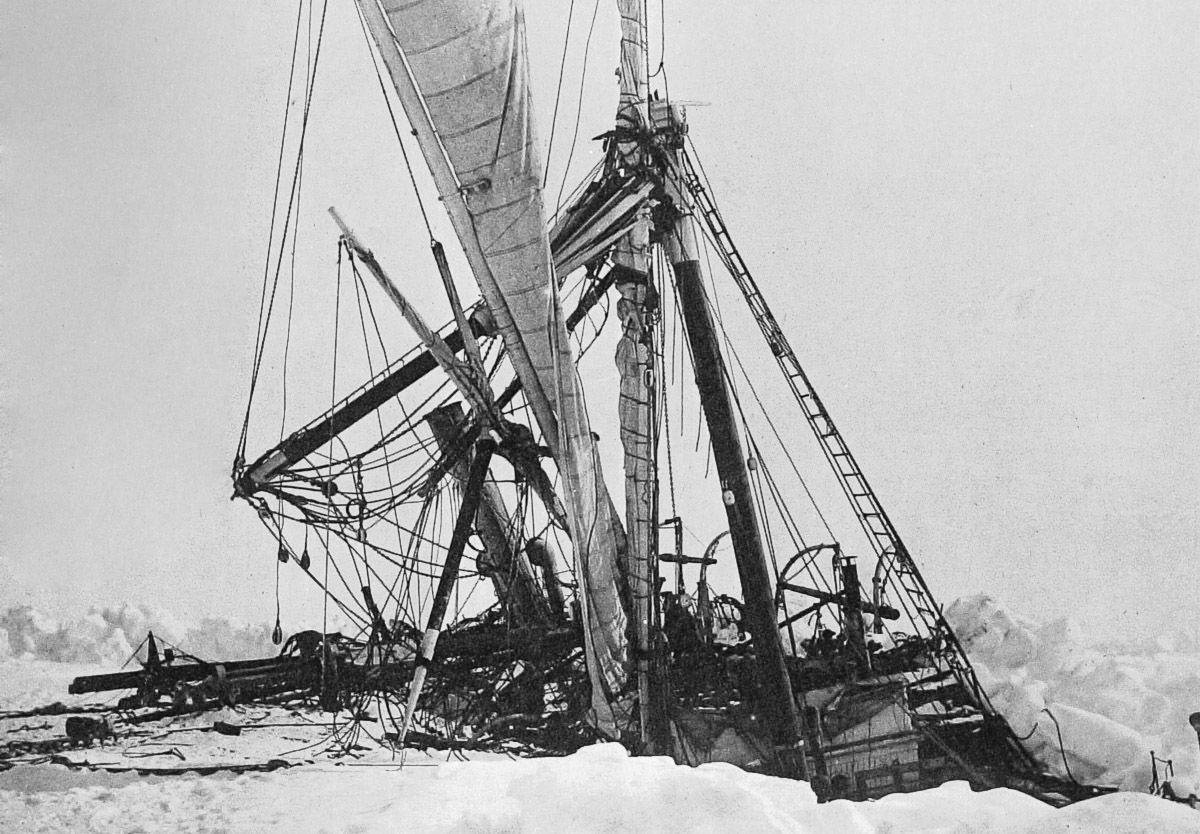The month of February this year brings the delightful dates of both 2/2/22 and 22/2/22. So it’s safe to say that it’s a big month for fans of the number two - and it is a lovely number, isn’t it? Two’s company, after all. And company is nice. Two heads are better than one (unless you’re fighting a dragon). And it takes two to tango. We like to tango. More importantly, when you put two and two together, you get four. And when you add one to that, you get five - which, out of sheer coincidence, just happens to be how many examples of good news we have for you here in our monthly feature Shine On.
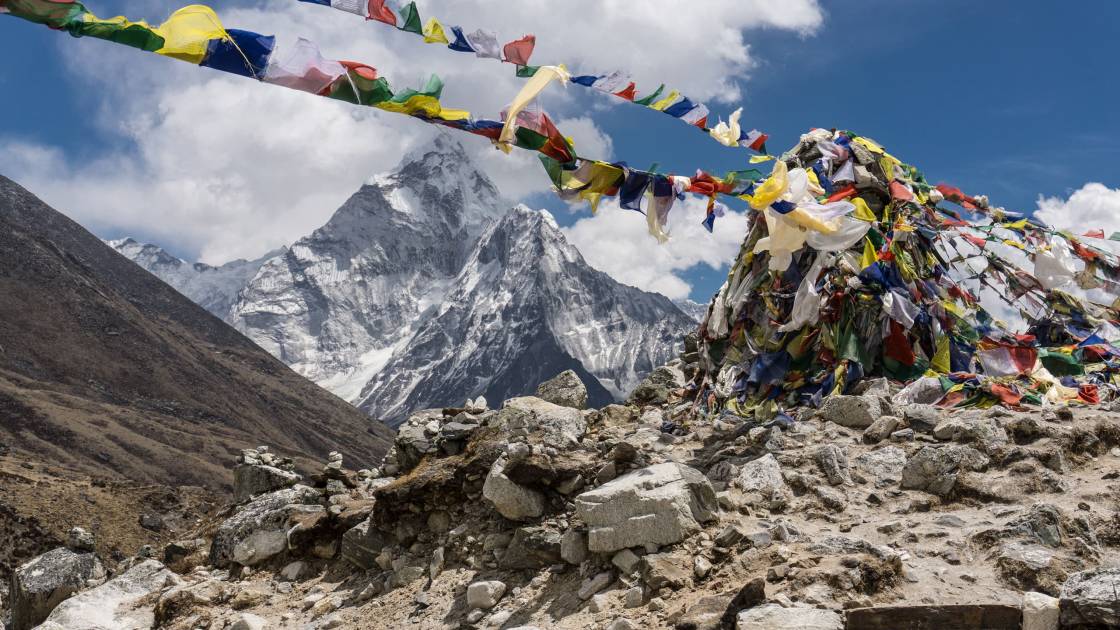
Shine On is about getting your month off to a good start, and reminding you that sure, it might be tough sometimes, but it’s not all bad out there. It’s a reminder that there are plenty of good humans doing incredible, inspiring, imperative things, whether they're organisation or ones and twos. So without further ado, it’s time to bring to you our monthly dose of good news to cure any and all of your worldly blues. Now let’s get on with it. Before we get confused.
Cranes have best year in UK since 17th century
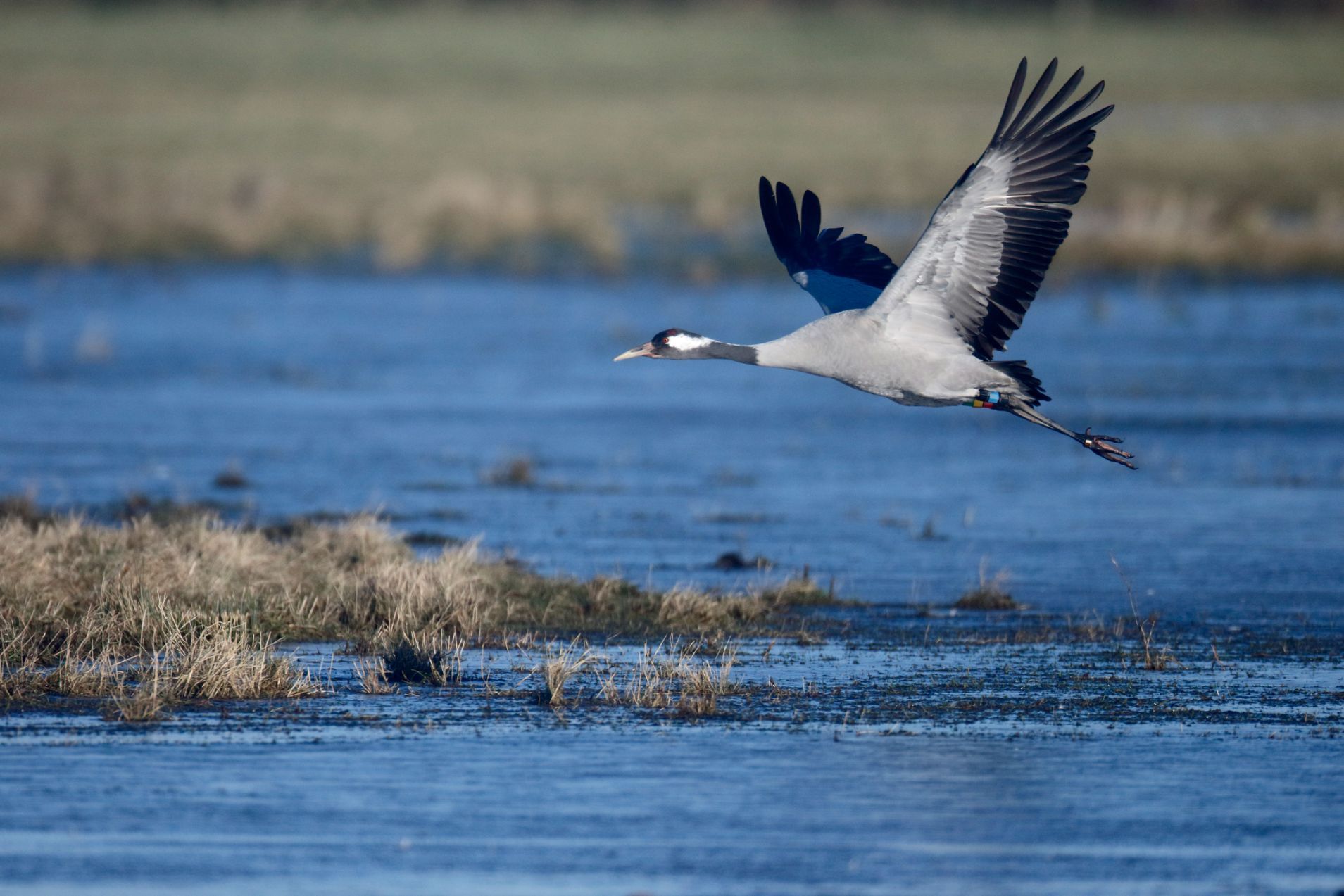
For around 400 years, the common crane was absent from Britain as a breeding bird - following the draining of wetlands and hunting. But in 1979, a small number of cranes returned to Norfolk's Broads. They’ve been breeding ever since, and - with some help from conservation projects - we now know that 2021 was the best year for crane numbers in the UK since the 17th century.
A record-breaking 72 pairs of cranes were recorded, as the habitat in Norfolk was complemented by targeted conservation work in Somerset and at RSPB's Lakenheath Fen in Suffolk and Nene Washes in Cambridgeshire. This restoration work not only helps the cranes, but also creates areas that sequester carbon.
Damon Bridge is the chairman of the UK Crane Working Group, and said: “Although climate change poses a huge challenge for many species, opportunities to restore peatlands and floodplains to reduce carbon emissions and better manage increased flood risk can go hand in hand with the delivery of habitats perfect for cranes and other wetlands species."
Search team sets off to hunt for Sir Ernest Shackleton’s Sunken Ship Endurance
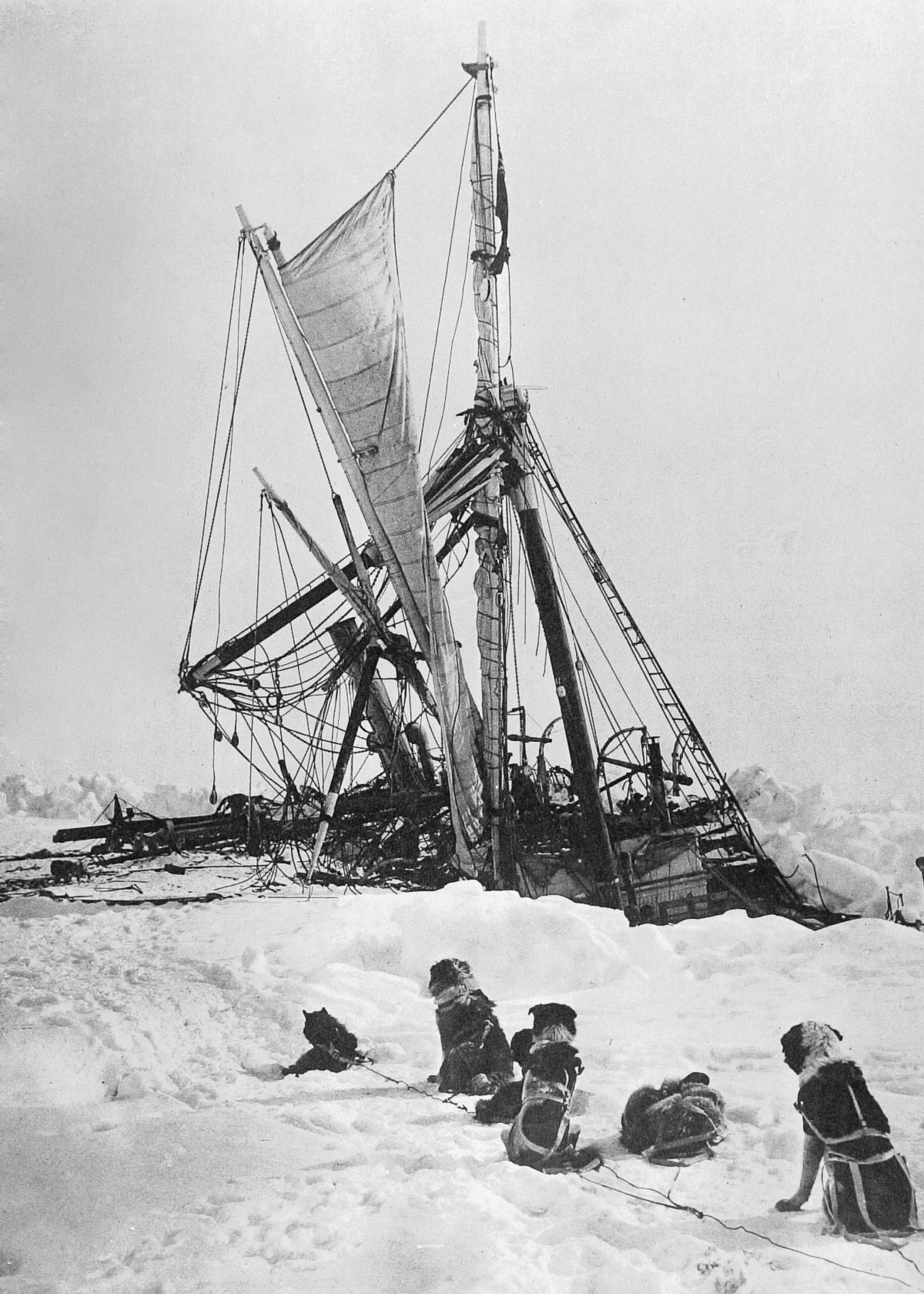
When Sir Ernest Shackleton set off on the Endurance, his plan was to traverse the Antarctic continent - but before he could get going, the ship was stuck in the ice, and then slowly sucked below. What followed was one of the greatest tales of survival ever, with Shackleton and his men living on ice flows and in lifeboats, before finding salvation on South Georgia, via the deserted Elephant Island.
The Endurance itself has never been found - staying under the ice since that mission in 1915. The relative position of the vessel is actually well known. The main issue is that it's around 3,000 metres down, and covered by sea ice, meaning no team so far has been able to precisely locate it and satellites aren't particularly effective. This weekend, the 'Endurance22' project, run by the Falklands Maritime Heritage Trust, sets sail from Cape Town to try change that.

The team includes scientists who came close to locating the ship in 2019, manned with high-tech Sabertooth mini submarines and helicopter support. They could find anything from an old bicycle to the jars containing scientific samples to a simple wreck which has been colonised by Arctic organisms. Dan Snow, a historian on the trip, said: "We may see supplies, or we may see things that connect us with the actual people who over 100 years ago had to abandon this ship, live on the ice and then take brutal small-boat journeys to safety.”
If Endurance22 does succeed, the ship won’t be pulled up or disturbed. As a site of historical importance, it will be 3D scanned - and left to the freezing waters.
A crop in Ethiopia is being hailed as a future ‘Superfood’
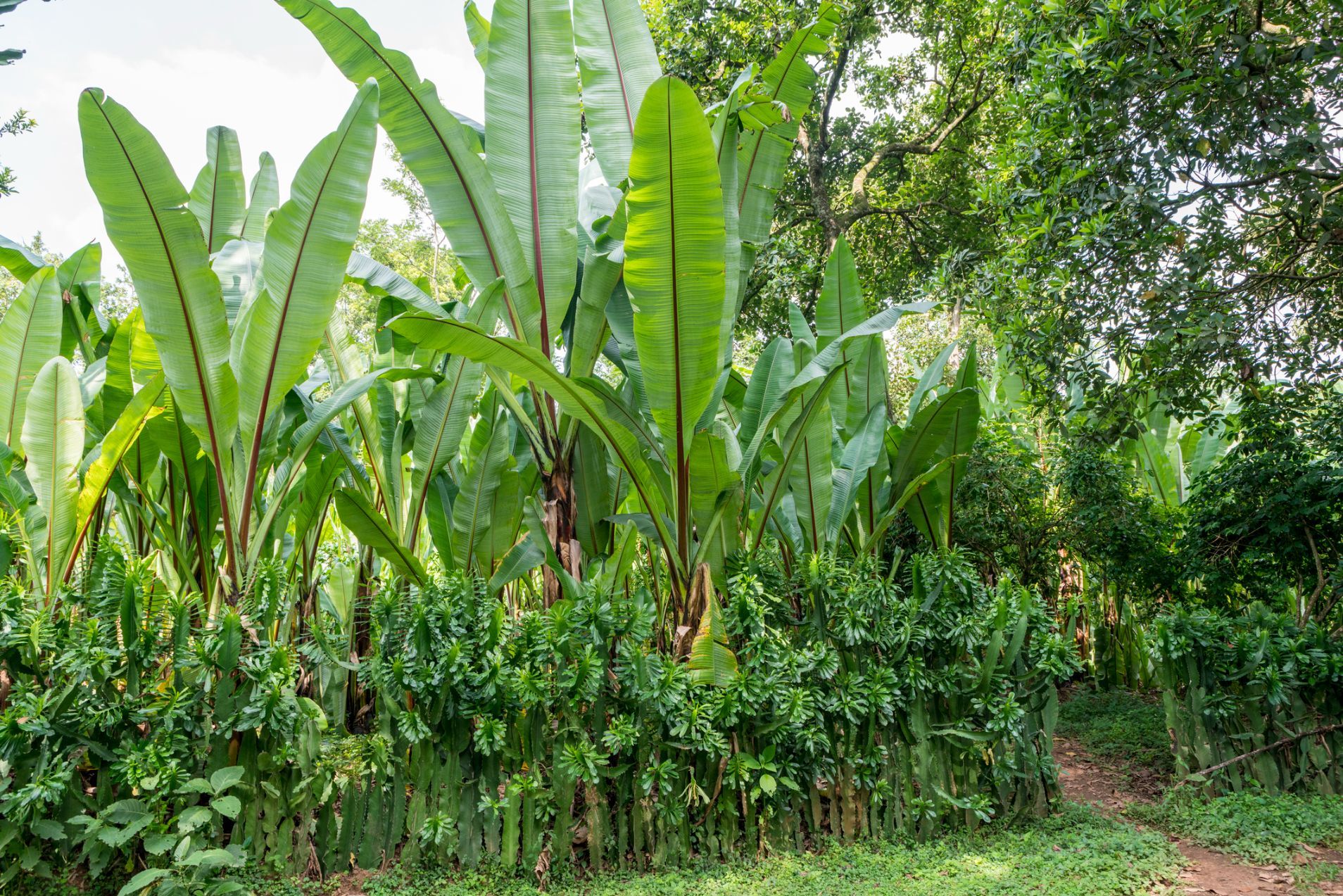
The 'enset' is a common crop in Ethiopia which is used to make porridge and bread - but it’s not grown (or widely known) anywhere else. Often referred to as a 'false banana', due to the similarity in appearance, the fruit itself is actually inedible, but the stems and roots are incredibly useful in food production.
"This is a crop that can play a really important role in addressing food security and sustainable development," said Dr Wendawek Abebe, from Hawassa University in Ethiopia, on the BBC. Scientists believe the crop could be used to feed more than 100 million people in a warming world, the key components being that you can plant it any time, harvest it anytime, and it can live for years.
A small list of wins for conservationists around the globe
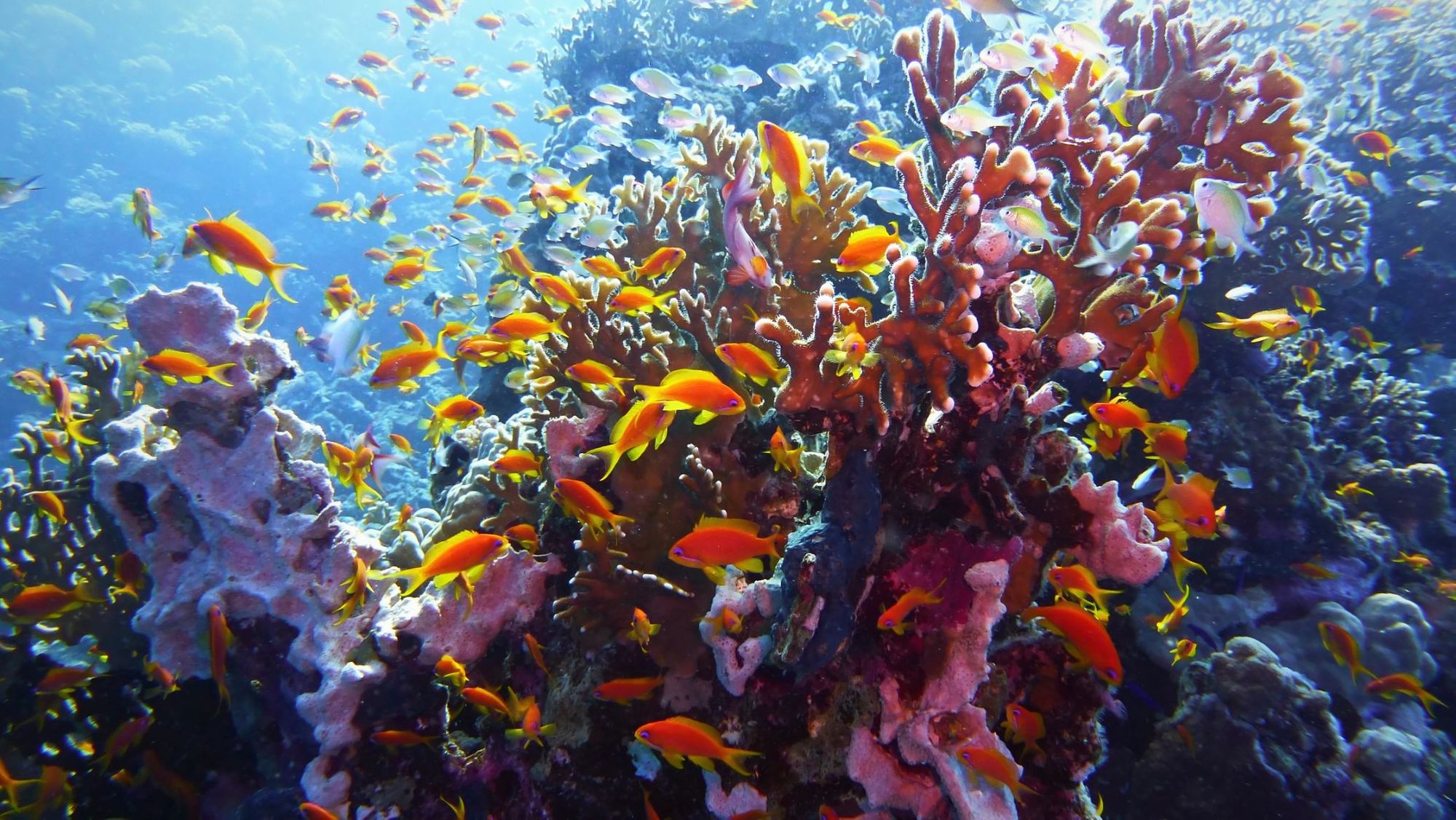
The Australian government recently announced $1 billion in funding for the Great Barrier Reef - 58% of which is to address land-based causes of water quality, 26% of which is to reduce crown-of-thorns starfish (which harm coral) and prevent illegal fishing, 9% of which is for innovation and science and 7% of which is for local communities and habitat restoration.
Elsewhere, a federal judge cancelled oil and gas leases of more than 80 million acres in the Gulf of Mexico. The Guardian report the move as “a landmark victory for environmental groups that had sued the government to prevent what was the largest ever auction of oil and gas leases in the gulf’s history.” And Cambodia committed to achieving carbon neutrality by 2050, becoming the first nation in Southeast Asia to publish a roadmap towards achieving the goal.
Attempt Underway for First Solo Climb of Everest in Winter Without Extra Oxygen
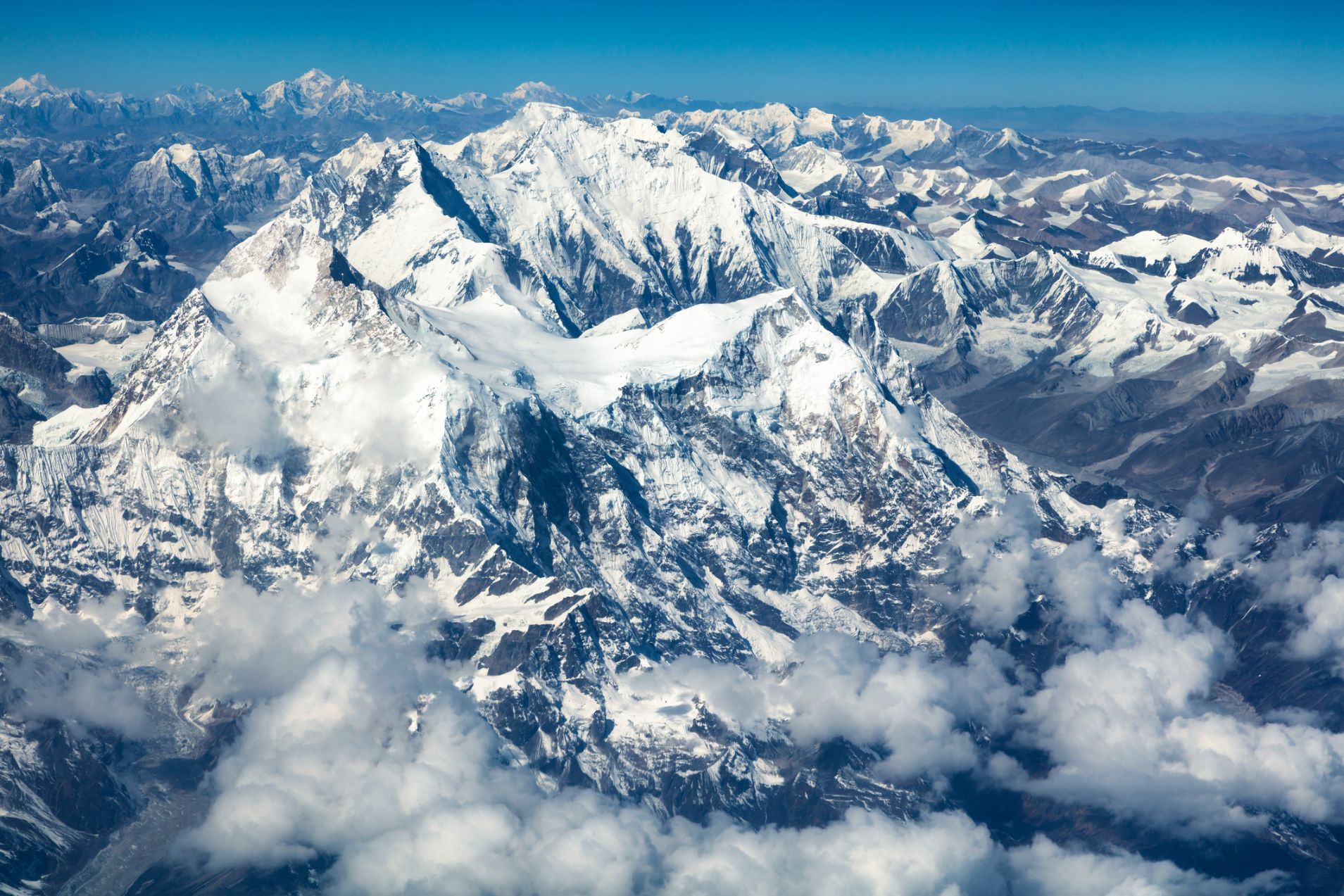
The German climber Jost Kobusch is attempting to be the first to scale the world’s tallest mountain in winter alone without supplemental oxygen.
The first winter ascent of Everest was made way back in 1980, by Krzysztof Wielicki and Leszek Cichy, but including those two, only 15 have summited Everest in winter in total. All climbed with partners and only one, Ang Rita Sherpa, managed the feat without supplemental oxygen, climbing in 1987.
Kobusch is using the West Ridge route. It's a tricky route which has never been done before in winter. He is currently the only man in the world on Earth's highest mountain, having previously phoned his team to describe the surreal feeling of having the only tent at Everest Base Camp. On a mountain, where nearly every ‘first’ has already been accomplished, this would be a heavyweight accomplishment. Read an excellent New York Times feature on the climb here.
Inspired? Check out our trek on the Everest Base Camp route now!

